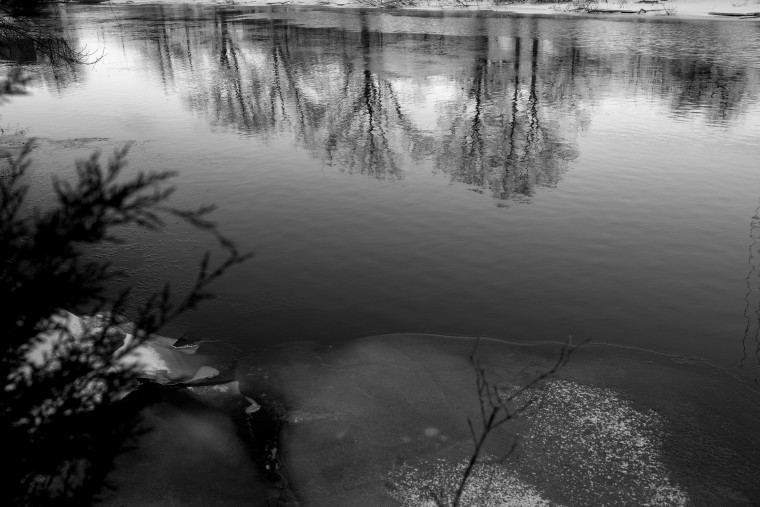By MSNBC staff, MSNBC staff
Tonight on MSNBC, "The Rachel Maddow Show" will host a town hall with residents of Flint, Michigan to discuss the steps ahead in dealing with the town's toxic water crisis.
But first, how did this disaster happen? Here's a historical timeline of events that led to the town's present state of emergency, leaving lives at risk and 100,000 residents without drinkable water.
Watch the Flint town hall at 9 p.m. EST on MSNBC, or tune in via the livestream here: http://msnbc.com/flinttownhall
Join the conversation on Twitter with the hashtag #FlintTownHall.
The Flint Water Crisis: A Timeline of Events
-
April 16, 2013In order to save money, Flint joins a new water authority that will get water from Lake Huron rather than Detroit. The new water source is expected to be available in three years.
-
April 25, 2014The city begins using water from the Flint River until the pipeline from Lake Huron can be completed.
-
May 2014Complaints about the new water start coming in from local residents.
-
Aug. 15, 2014A boil advisory is issued in parts of the city after water tests positive for E. coli bacteria.
-
Oct. 13, 2014The Flint General Motors plant refuses to use the river water because it’s rusting car parts so the city arranges for the company to tap into a different water line. The residents of Flint still have to drink the river water.
-
Jan. 4, 2015The city announces that Flint’s water contains such a high level of trihalomethanes, a disinfectant byproduct. Though it’s in violation of the Safe Drinking Water Act, Officials say residents with normal immune systems have nothing to worry about.
-
Feb. 18, 2015A consultant hired by the city of Flint to investigate the water quality says the water is safe to drink despite the presence of sediment and discoloration.
-
Feb. 26, 2015A manager at the U.S. Environmental Protection Agency tells Michigan officials that the chemistry of the river water means contaminants from pipes, including lead, are leaching into the water system.
-
April 2, 2015Flint tells its residents it has flunked the Safe Drinking Water Act again because of the disinfectants.
-
Oct. 1, 2015State officials announce that a new analysis of their data shows more children have lead in their blood since the water switch.
-
Oct. 2, 2015Gov. Snyder announces the state will buy water filters and test lead in schools. Within a week, he recommends that Flint go back to using water from Detroit.
-
Oct. 16, 2015Flint switches back to Detroit water.
-
Jan. 5, 2016Snyder declares a state of emergency in Flint. The Department of Justice opens an investigation into the issue.
-
Jan. 12, 2016Gov. Snyder calls out to the National Guard to distribute bottled water and filters in Flint.
-
Jan. 13, 2016The crisis expands to include Legionnaires’ disease. Officials reveal a spike in cases, including 10 deaths, after the city started using river water.
-
Jan. 16, 2016President Barack Obama signs an emergency declaration and orders federal aid for Flint.
-
Jan. 18, 2016Snyder admits in an interview with the National Journal that Flint could be his Hurricane Katrina saying, “It’s a disaster.”
Sources: NBCNews.com
